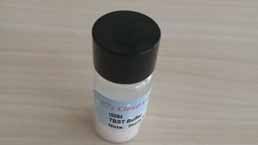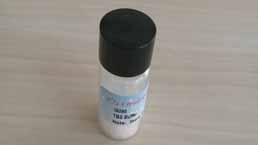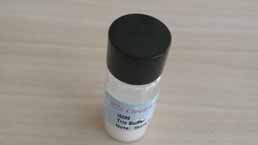Polyclonal Antibody to Apolipoprotein B100 (APOB100) 

Apo-B100
Overview
Properties
- Product No.PAA603Mu01
- Organism SpeciesMus musculus (Mouse) Same name, Different species.
- ApplicationsTesting in progress
If the antibody is used in flow cytometry, please check FCM antibodies.
Research use only - Downloadn/a
- CategoryMetabolic pathwayEndocrinologyCardiovascular biologyHepatologyNutrition metabolism
- SourcePolyclonal antibody preparation, Host Rabbit
- Ig Type IgG, Potency n/a
- PurificationAntigen-specific affinity chromatography followed by Protein A affinity chromatography
- LabelNone
- Immunogen RPA603Mu01-Recombinant Apolipoprotein B100 (APOB100)
- Buffer Formulation0.01M PBS, pH7.4, containing 0.05% Proclin-300, 50% glycerol.
- TraitsLiquid, Concentration 0.5mg/mL
Sign into your account
Share a new citation as an author
Upload your experimental result
Review

Contact us
Please fill in the blank.
Specifity
The antibody is a rabbit polyclonal antibody raised against APOB100. It has been selected for its ability to recognize APOB100 in immunohistochemical staining and western blotting.
Usage
Testing in progress
Storage
Store at 4°C for frequent use. Stored at -20°C in a manual defrost freezer for two year without detectable loss of activity. Avoid repeated freeze-thaw cycles.
Stability
The thermal stability is described by the loss rate. The loss rate was determined by accelerated thermal degradation test, that is, incubate the protein at 37°C for 48h, and no obvious degradation and precipitation were observed. The loss rate is less than 5% within the expiration date under appropriate storage condition.
Giveaways
Increment services
Citations
- Enhancement of Naringenin Bioavailability by Complexation with Hydroxypropoyl-β-CyclodextrinPlosone: 0018033
- Chemical sympathectomy induces arterial accumulation of native and oxidized LDL in hypercholesterolemic ratsScienceDirect: S1566070211004152
- iTRAQ-based proteomic profiling of human serum reveals down-regulation of platelet basic protein and apolipoprotein B100 in patients with hematotoxicity induced by chronic occupational benzene exposureScienceDirect: S0300483X11004628
- Up-reCavia (Guinea pig )lation of Hnf1α gene expression in the liver of rats with experimentally induced chronic renal failure – A possible link between circulating PCSK9 and triacylglycerol concentrations Pubmed:26978583
- Comparative mass spectrometric and immunoassay‐based proteome analysis in serum of Duchenne muscular dystrophy patientsPubmed:26680509
- Alleviating VLDL overproduction is an important mechanism for Laminaria japonica polysaccharide to inhibit atherosclerosis in LDLr-/- mice with diet-induced insulin resistance.pubmed:27928899
- Comparative mass spectrometric and immunoassay-based proteome analysis in serum ofDuchenne muscular dystrophy patients.pubmed:26680509
- Choline and betaine ameliorate liver lipid accumulation induced by vitamin B6 deficiency in rats.pubmed:27696964
- Accumulation of Liver Lipids Induced by Vitamin B6 Deficiency Was Effectively Ameliorated by Choline and, to a Lesser Extent, BetainePubmed: 30814419
- Zygophyllum album saponins prevent atherogenic effect induced by deltamethrin via attenuating arterial accumulation of native and oxidized LDL in ratsPubmed: 32105945
- Permethrin induced arterial retention of native and oxidized LDL in rats by promoting inflammation, oxidative stress and affecting LDL receptors, and collagen …Pubmed: 32911180
- GP73 is a TBC-domain Rab GTPase-activating protein contributing to the pathogenesis of non-alcoholic fatty liver disease without obesity34853313
- Postprandial dyslipidemia after a standardized high-fat meal in BMI-matched healthy individuals, and in subjects with prediabetes or Type 2 diabetes34656950
- Immunomodulatory hybrid bio-nanovesicle for self-promoted photodynamic therapy













